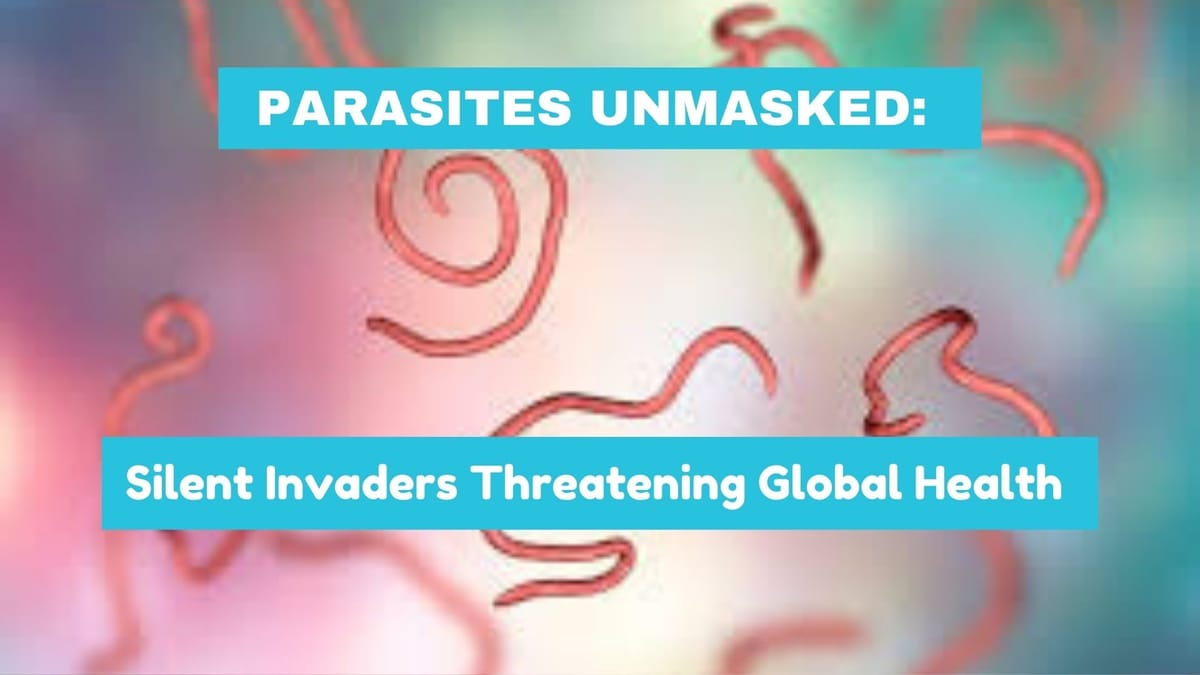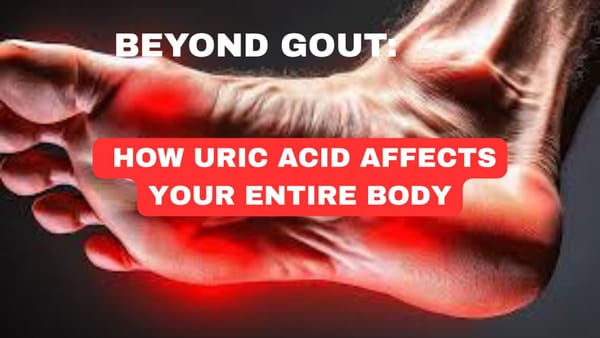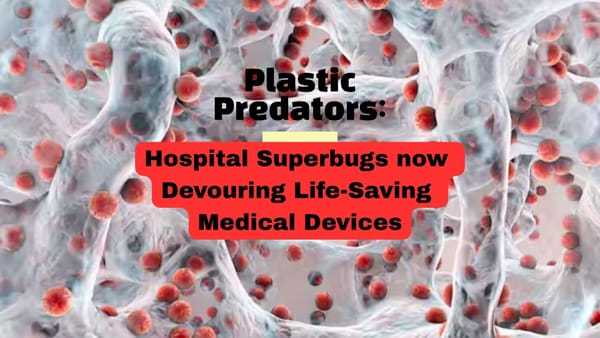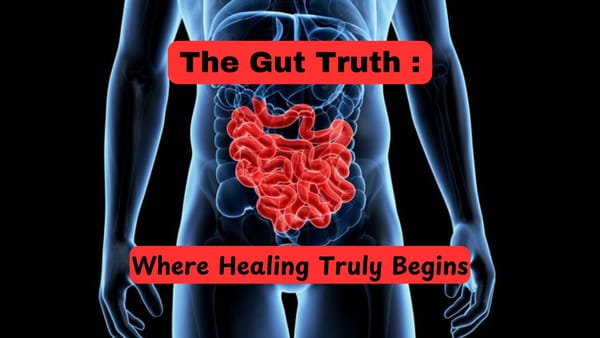Hidden Danger: Common Household Plastics Linked to Heart Disease
An estimated 356,000 deaths from heart disease worldwide in 2018 alone may be linked to exposure to DEHP, a common phthalate.
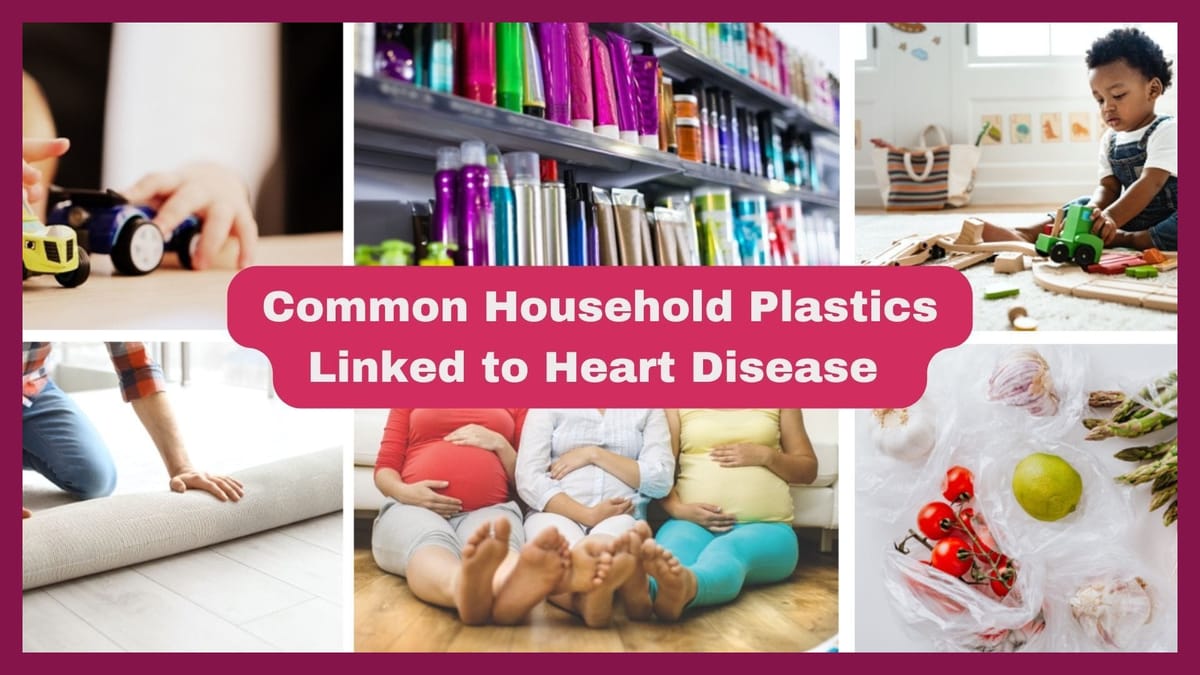
Phthalates (pronounced "THAL-ates") are a group of chemicals primarily used as plasticisers – substances added to plastics to increase their flexibility, transparency, durability, and longevity. Without phthalates, many plastic products would be brittle and prone to breaking.
We handle dozens of plastic products daily without a second thought, from food containers to shower curtains, toys to cosmetics. But recent groundbreaking research has uncovered a troubling connection: chemicals commonly found in everyday household plastics may be silently contributing to heart disease, one of the leading causes of death worldwide.
Scientists have discovered that phthalates, chemicals used to make plastics more flexible and durable, are associated with an increased risk of cardiovascular problems. This finding is particularly alarming considering how ubiquitous these substances are in our homes and daily routines.
While this news might seem concerning, understanding the risks and taking simple precautions can significantly reduce exposure. Let's explore what this research means for you and your family's health.
What Are Phthalates? The Invisible Chemicals in Your Home
These chemicals are nearly everywhere in modern households:
- Food packaging and plastic wrap
- Vinyl flooring and shower curtains
- Children's toys and school supplies
- Personal care products like shampoos, perfumes, and lotions
- Medical devices
- Detergents and cleaning products
- Car interiors and dashboard materials
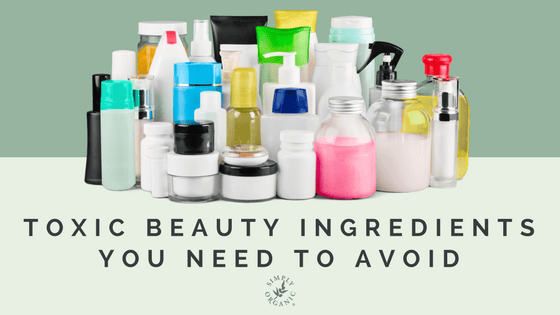
The most common phthalate, di-2-ethylhexyl phthalate (DEHP), is extensively used in polyvinyl chloride (PVC) products to make them softer and more pliable. The widespread use of phthalates stems from their effectiveness and relatively low production cost, making them indispensable to many manufacturing processes.
The Silent Invasion: How Phthalates Enter Your Body
Perhaps the most concerning aspect of phthalates is how easily they can enter our bodies through multiple routes:
Through Food and Drink
Phthalates can leach from packaging into foods, particularly fatty foods like cheese, meat, and oils. This migration increases significantly when plastic containers are heated, such as microwaving, or when hot food is placed in plastic containers.
Through Inhalation
Phthalates can evaporate into the air from products like vinyl flooring, shower curtains, or air fresheners – a process called off-gassing. We then unknowingly breathe in these airborne particles.
Through Skin Absorption
Many personal care products contain phthalates that can be absorbed through the skin. These chemicals are often hidden in ingredient lists under the term "fragrance" or "perfume."
Most concerning is that phthalate exposure isn't a one-time event but a continuous process throughout our daily lives. From the moment we shower using plastic bottles of shampoo, eat breakfast from plastic-wrapped food, sit on vinyl chairs at work and vinyl flooring in our homes, exposure is constant and cumulative.
The Alarming Evidence: What Recent Studies Have Revealed
The scientific community has been increasingly concerned about phthalates, but recent research has painted an even more troubling picture. A groundbreaking global study published recently delivered some shocking statistics:
Researchers conducted these studies by analysing urine samples from diverse populations to measure phthalate metabolites – substances created when the body processes these chemicals. They then cross-referenced these findings with mortality data and cardiovascular outcomes.
What makes these findings compelling is their consistency across different populations and research methodologies. While earlier studies hinted at potential risks, this more comprehensive research establishes a clearer connection between phthalate exposure and heart disease.

The Heart of the Problem: How Phthalates Damage Cardiovascular Health
Understanding exactly how phthalates affect heart health involves complex biological mechanisms, but scientists have identified several key pathways:
Endocrine Disruption
Phthalates are known endocrine disruptors – chemicals that interfere with our hormone systems. They can mimic, block, or otherwise interfere with the body's natural hormones, potentially disrupting metabolic processes critical to heart health.
Inflammation and Oxidative Stress
Research indicates that phthalates can trigger inflammation throughout the body and increase oxidative stress, both well-established contributors to cardiovascular damage. This chronic, low-grade inflammation can gradually damage blood vessels and heart tissue.

Metabolic Disruption
Emerging evidence suggests phthalates may contribute to metabolic disorders like obesity, insulin resistance, and type 2 diabetes – all significant risk factors for heart disease. Some studies have found associations between higher phthalate levels and increased waist circumference, higher body mass index, and altered glucose metabolism.
Scientists have identified specific phthalate metabolites that appear problematic for the heart, including MCPP, MEP, and MBzP. These compounds have been most strongly associated with cardiac injury and dysfunction.
Understanding the Research Limitations
While the evidence linking phthalates to heart disease is concerning, it's important to acknowledge the current limitations in the research:
Most studies show correlation rather than definitive causation. While the statistical relationships are strong, researchers continue working to establish whether phthalates directly cause heart problems or are merely associated with them.
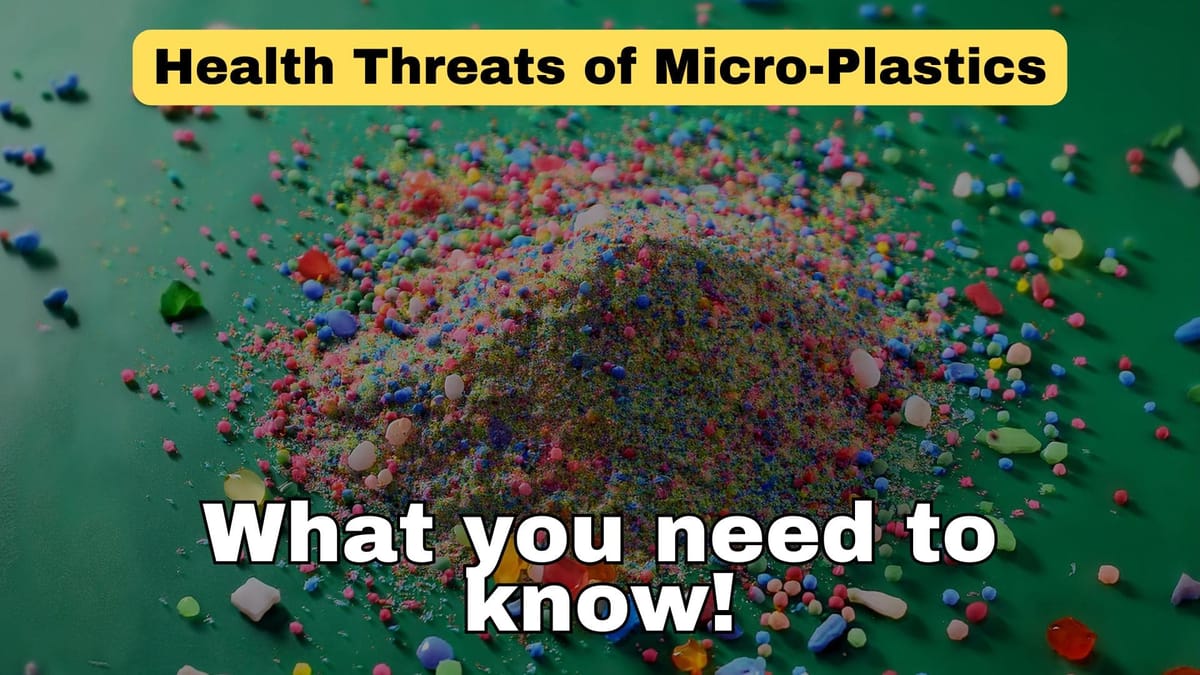
Population studies cannot account for all possible confounding factors. Lifestyle elements, environmental exposures, and genetic predispositions can all influence heart disease risk independently of phthalate exposure.
Many studies have limitations in terms of population diversity, duration, or sample size. Some focus on specific demographics (like middle-aged men) or measure exposure at only a single point in time.
Longitudinal studies that track individuals over many years and experimental research using animal models are ongoing to clarify these relationships further.
Who Faces the Greatest Risk?
While phthalate exposure appears to affect cardiovascular health broadly, certain groups may be particularly vulnerable:
Children
Children's developing organs and systems are more susceptible to chemical disruption. Additionally, children often have higher exposure relative to their body weight due to hand-to-mouth behaviours and more time spent on floors where phthalate-containing dust settles.
Pregnant Women
Phthalate exposure during pregnancy may affect both maternal health and fetal development. Some research suggests prenatal exposure could set the stage for cardiovascular problems later in life.
People with Existing Heart Conditions
Those already managing heart disease or risk factors like high blood pressure, high cholesterol, or diabetes may be more susceptible to the additional stress phthalates might place on the cardiovascular system.
High-Exposure Populations
People living in areas with high plastic use or working in industries that manufacture or use phthalate-containing products face increased exposure levels and potentially higher risks.
Protecting Your Heart: Practical Steps to Reduce Phthalate Exposure
The good news is that you can take practical measures to reduce your exposure to phthalates without drastically changing your lifestyle:
In the Kitchen
- Store food in glass, stainless steel, or ceramic containers rather than plastic
- Never microwave food in plastic containers, even those labelled "microwave-safe"
- Avoid plastic wrap, particularly when covering hot foods or fatty foods
- Choose fresh or frozen foods over canned or heavily packaged options when possible

In the Bathroom
- Select personal care products labelled "phthalate-free" or "paraben-free"
- Look for products with transparent ingredient lists that don't hide behind terms like "fragrance"
- Consider simple alternatives like shea butter for moisturising or baking soda and vinegar for cleaning
For Children
- Choose toys labelled "PVC-free" or "phthalate-free"
- Avoid plastic toys with a strong plastic smell, which often indicates phthalate content
- Opt for natural materials like wood, cotton, or silicone when possible
Around the Home
- Increase ventilation, especially after installing new vinyl flooring or shower curtains
- Choose natural fibre curtains instead of vinyl shower curtains
- Dust and vacuum regularly to remove phthalate-containing dust
- Consider non-vinyl flooring options like hardwood, tile, or natural linoleum
These simple changes can significantly reduce your daily exposure to phthalates, potentially protecting your heart health over the long term.
Regulatory Response: Are We Protected?
The regulatory landscape regarding phthalates varies widely around the world:
In the U.S., the Consumer Product Safety Commission has banned several phthalates in children's toys and childcare articles. However, their use remains largely unrestricted in other consumer products, including food packaging.
The European Union has taken a more precautionary approach, restricting certain phthalates in toys, childcare items, and some cosmetics. The EU continues to evaluate other uses of these chemicals.
Researchers and public health advocates have called for more comprehensive regulations that acknowledge the cumulative exposure people face from multiple sources. Many argue that the current patchwork of regulations doesn't adequately protect public health.
As this research develops, we may see increased regulatory action and industry responses to reduce phthalate use in consumer products.
What This Means for You: Taking Control of Your Heart Health
The emerging link between phthalates and heart disease doesn't mean you should panic, but it does highlight the importance of being an informed consumer. Here's what you can take away from this research:
Small changes can make a difference. Reducing exposure doesn't require eliminating all plastics from your life, but making thoughtful choices about which plastics you use and how you use them.
The risk is cumulative. Each reduction in exposure helps lower your overall burden of these chemicals.
Stay informed. As research continues to evolve, new recommendations may emerge. Following trusted health sources (including this blog!) can help you navigate emerging information.
Consider the bigger picture of heart health. Managing phthalate exposure is just one aspect of heart disease prevention, alongside diet, exercise, stress management, and regular medical care.
Remember: This article provides general information and should not replace medical advice. If you have concerns about heart disease or chemical exposures, please consult with your healthcare provider.
Frequently Asked Questions
Are all plastics dangerous? No, not all plastics contain phthalates. Look for recycling codes on plastic products – codes 3 (PVC) and 7 (other/mixed) are most likely to contain phthalates. Codes 1, 2, 4, 5, and 6 generally don't contain phthalates but may have other concerns.
What products are most likely to contain phthalates? Flexible PVC products (vinyl flooring, shower curtains), personal care products with "fragrance" in the ingredients, and plastic food packaging are common sources. Older plastic toys may also contain phthalates.
Is occasional exposure a major concern? Current research suggests the risk comes primarily from chronic, long-term exposure rather than occasional contact. This makes consistent habits more important than worrying about single instances of exposure.
How can I tell if a product contains phthalates? Unfortunately, phthalates often aren't listed on product labels. Look for terms like "phthalate-free," avoid products with "fragrance" or "perfume" in the ingredients, and be wary of flexible plastic products with a strong plastic smell.
Are there safe alternatives? Yes! Glass, stainless steel, silicone, and certain plastics (like polyethylene) are generally considered safer alternatives for food storage. For personal care products, companies are increasingly developing "phthalate-free" options
